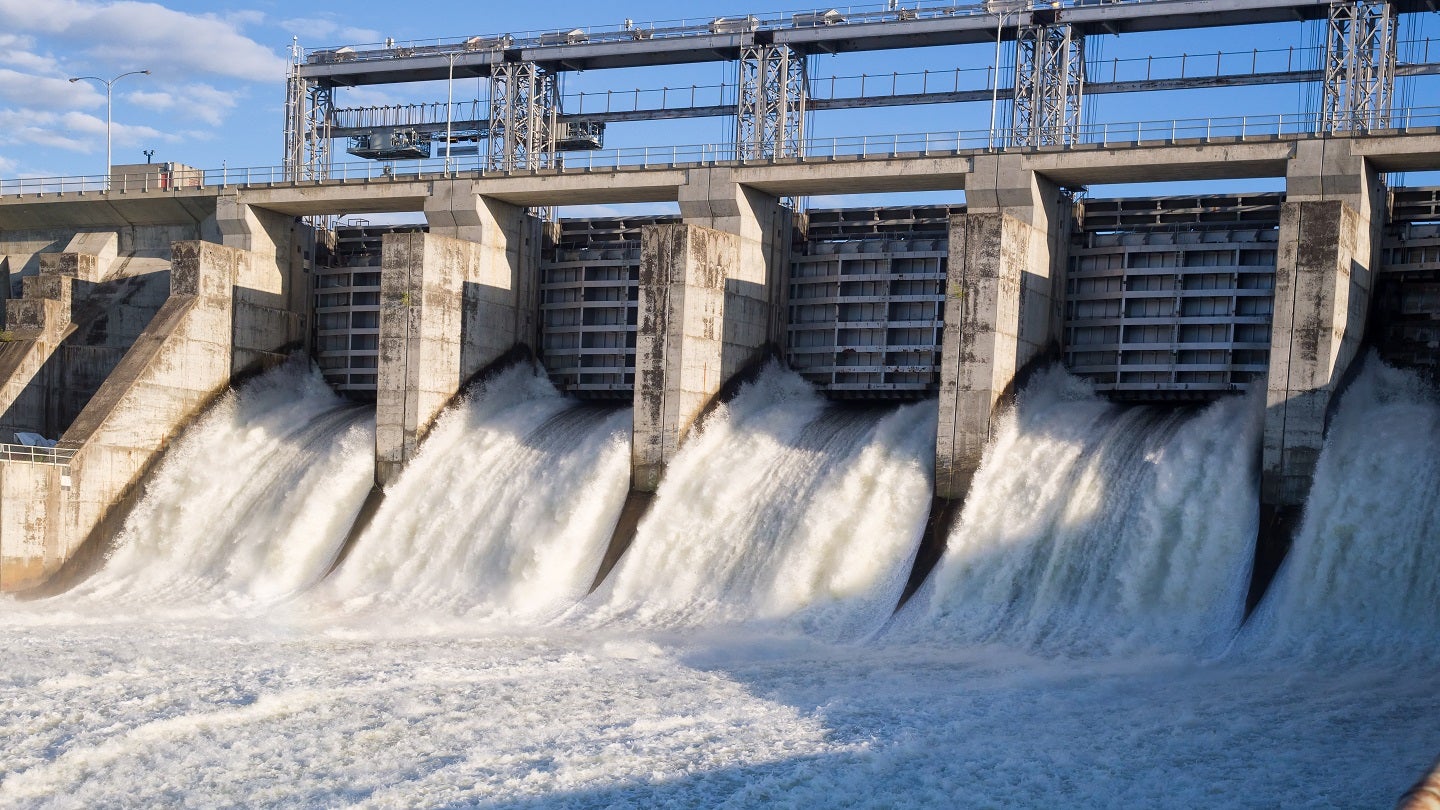
Harnessing Nature’s Energy: Hydroelectric Power Generation
Hydroelectric power generation stands as a prominent example of harnessing the immense power of water to produce electricity. This article delves into the intricacies of hydroelectric power, exploring its mechanisms, environmental impact, and the role it plays in the global energy landscape.
The Mechanics of Hydroelectric Power
At its core, hydroelectric power generation relies on the kinetic energy of flowing water. Dams are strategically constructed to create reservoirs, and the controlled release of water from these reservoirs drives turbines connected to generators. As the turbines spin, electricity is generated, transforming the natural energy of flowing water into a valuable and sustainable power source.
The Role of Dams in Hydroelectricity
Dams are pivotal in the success of hydroelectric power generation. They serve multiple purposes, including water storage, flood control, and the regulation of downstream water flow. The controlled release of water through turbines allows for the consistent generation of electricity. However, the construction of dams also raises environmental considerations, impacting ecosystems and local communities.
Environmental Impact and Considerations
While hydroelectric power is a clean and renewable energy source, it is not without environmental impact. The alteration of natural water flows and the creation of reservoirs can affect aquatic ecosystems and the habitats of flora and fauna. Striking a balance between energy production and environmental preservation is crucial in the development and operation of hydroelectric projects.
Advantages of Hydroelectric Power
Hydroelectric power generation comes with numerous advantages. It is a renewable energy source, relying on the continuous cycle of water evaporation, precipitation, and flow. Unlike fossil fuels, water does not produce greenhouse gas emissions during electricity generation. Hydroelectric plants also offer flexibility, adjusting electricity production based on demand.
Challenges and Limitations of Hydroelectricity
While hydroelectric power has notable advantages, it faces challenges and limitations. The construction of large dams can lead to displacement of communities and alteration of local landscapes. Additionally, dependence on water availability makes hydroelectricity vulnerable to drought conditions. These challenges underscore the importance of considering the broader social and environmental impacts of hydroelectric projects.
Global Significance in Energy Production
Hydroelectric power is a significant contributor to the global energy mix. Many countries rely on hydroelectricity as a primary or secondary source of power. The capacity to generate large amounts of electricity makes hydroelectric plants integral to meeting the growing energy demands of expanding populations. The constant flow of water makes it a reliable and consistent energy source.
Small-Scale Hydroelectric Projects
While large-scale dams often dominate the discussion, small-scale hydroelectric projects are gaining attention. Micro and mini hydropower systems harness the energy of rivers and streams without the need for extensive dam construction. These smaller projects offer localized and sustainable energy solutions, minimizing environmental impact and addressing the energy needs of remote communities.
Hydroelectric Power as a Renewable Resource
Hydroelectric power is a renewable resource with immense potential for expansion. Ongoing research and technological advancements focus on enhancing the efficiency of hydroelectric plants and reducing their environmental footprint. Innovations in turbine technology, fish-friendly designs, and improved dam management contribute to making hydroelectricity an even more sustainable energy option.
The Future of Hydroelectricity
As the world seeks to transition to cleaner energy sources, hydroelectric power is expected to play a vital role. The development of new technologies and a greater understanding of environmental considerations will shape the future of hydroelectricity. Balancing the benefits and challenges, and incorporating hydroelectric power into comprehensive energy strategies, is key to a sustainable and resilient energy future.
To learn more about Hydroelectric Power Generation, visit corpodaration.my.id. The journey from flowing water to electricity is a testament to human innovation and the harnessing of nature’s energy for a brighter and more sustainable future.




